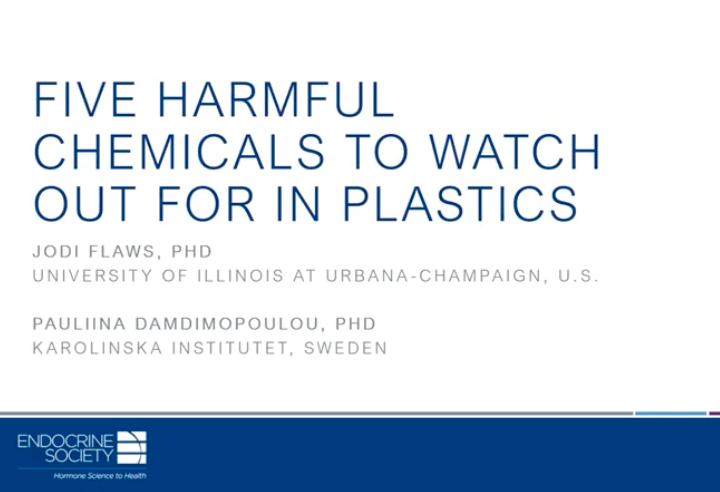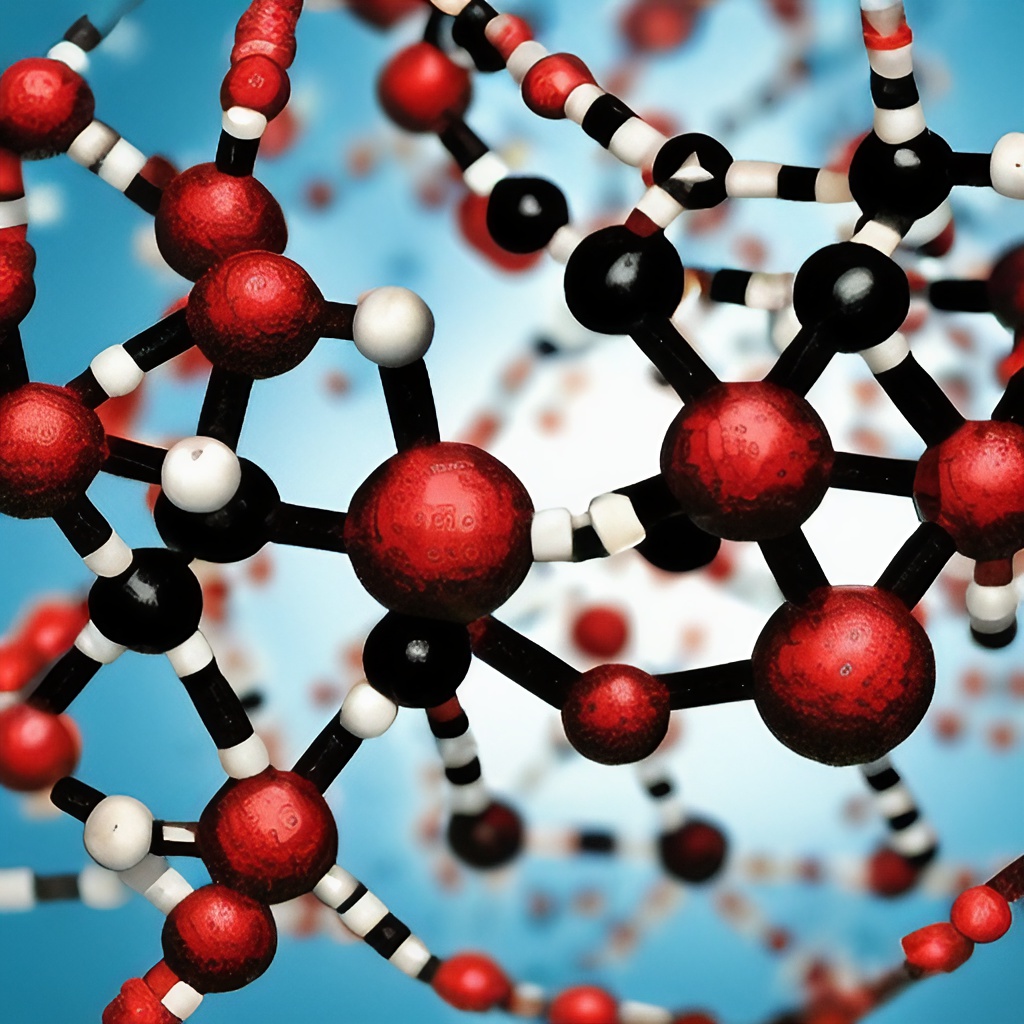Here are some ways in which plastic chemicals can get onto our skin: It’s important to note that the degree of exposure and potential risk from plastic chemicals on the skin can vary based on factors such as the type of plastic, the specific chemicals involved, the duration of contact, and individual sensitivity. Some plastic …
Continue reading “How Plastic Chemicals Come Into Contact with Our Skin”





